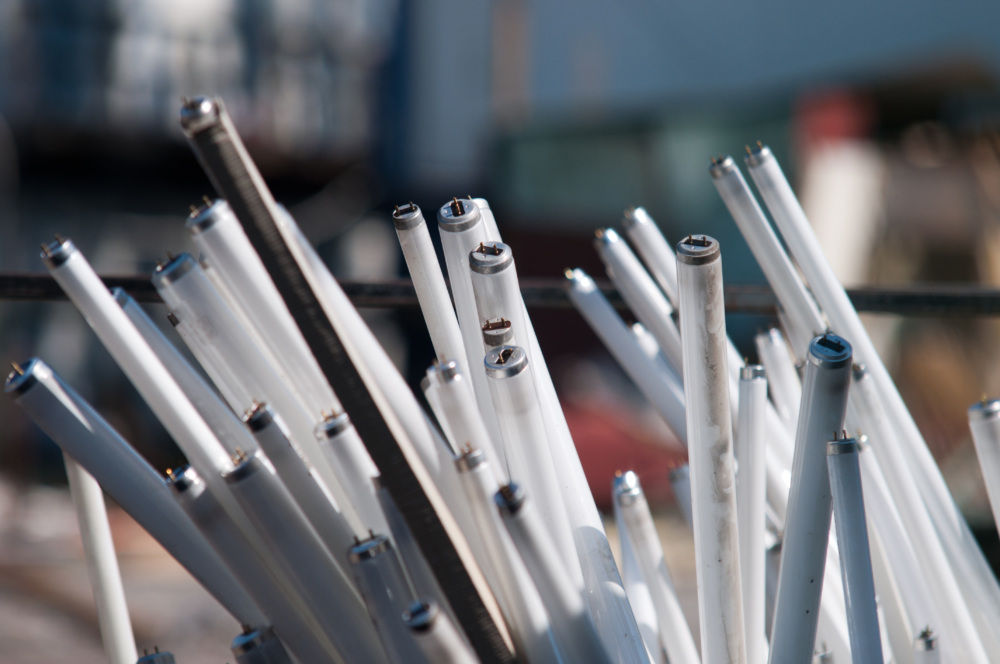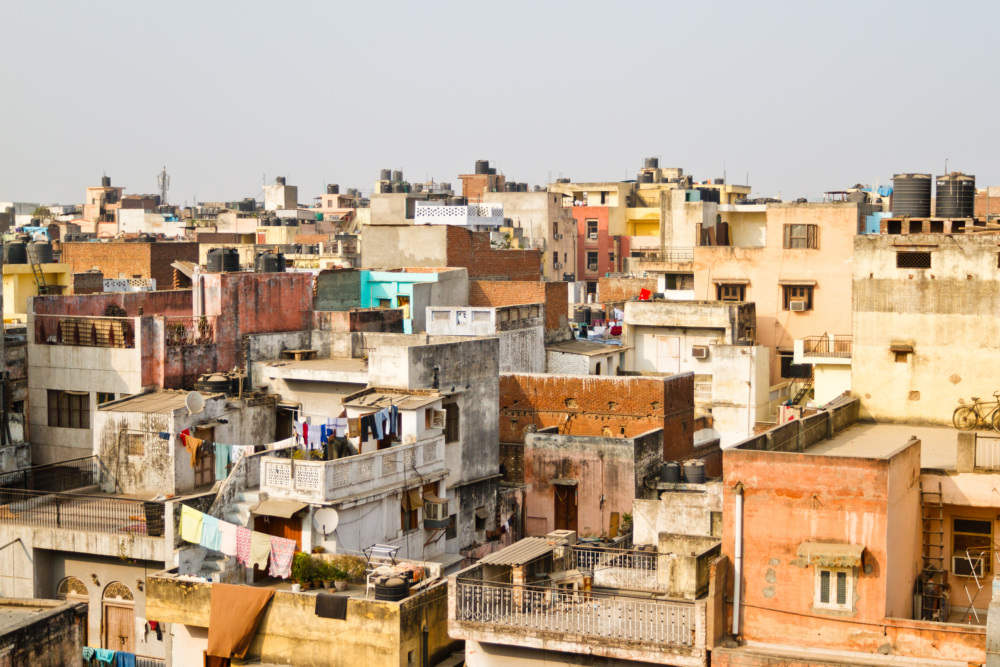Cost Benefit of Improving the Efficiency of Room ACs in India
Summary
Download Report
Fill out the form below to activate file downloads
Electricity demand due to Room ACs (RACs) in India is likely to increase multifold due to rising incomes and urbanization, falling prices, and high cooling requirements due to a hot and humid climate. Increased penetration of room air conditioners in India is already causing significant adverse impacts on the electricity grid by increasing peak load and power purchase costs of the utilities. Improving the energy efficiency of RACs can help mitigate these impacts, while saving significant amounts on consumer electricity bills.
This report presents an analysis of the cost and benefit of improving efficiency of air conditioners in India, based on a bottom-up engineering analysis of key AC components such as compressors and heat exchangers.
The energy efficiency of the more efficient ACs is reported in the Indian Seasonal Energy Efficiency Ratio (ISEER) metric. The retail price increase required to cover the cost of efficiency improvement is estimated and compared to the electricity bill savings to calculate the payback period for consumers. Significant efficiency improvement is found to be cost effective from a consumer perspective even under a wide range of assumptions. For example, the payback period for a room AC with a 3.5 ISEER efficiency rating is 1.1 years, while a room AC with a 5.2 ISEER is estimated to have a payback period of less than 3 years.
This work was funded by the U.S.-India Space Cooling Collaboration through the U.S. Department of Energy’s Office of International Affairs under Lawrence Berkeley National Laboratory.







